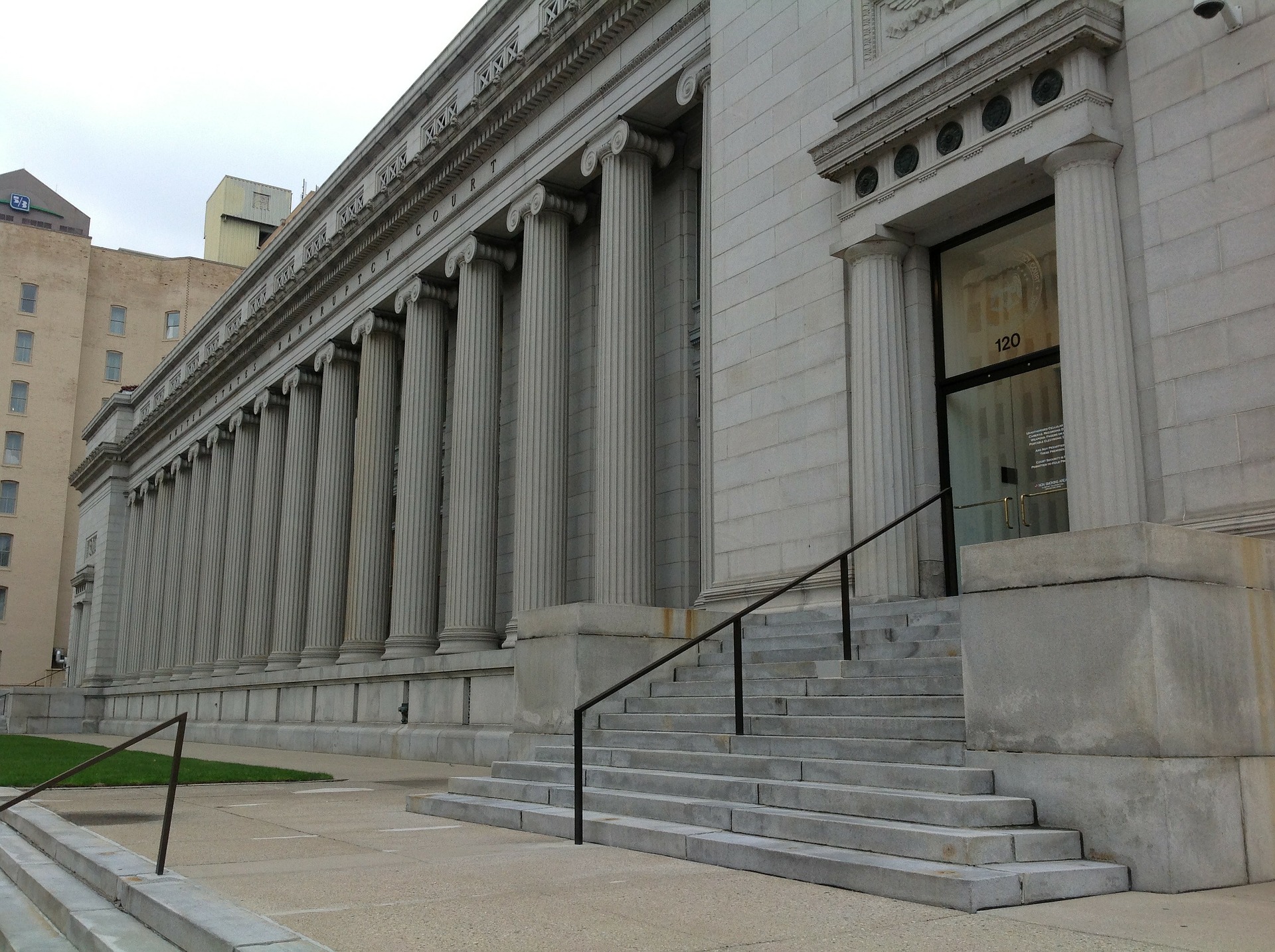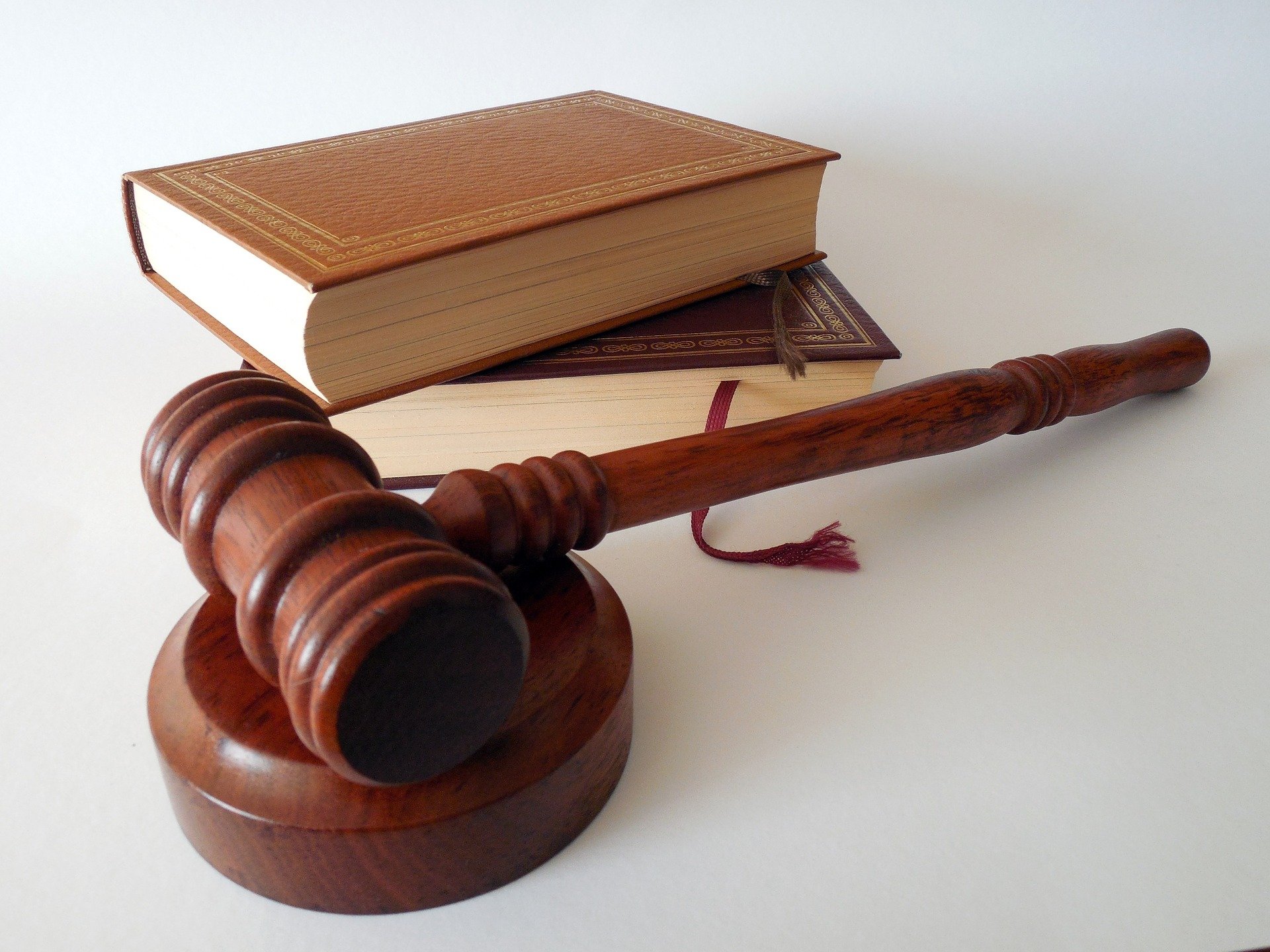

Chapter 7 is straight bankruptcy, also called liquidation. The case focuses on what the debtor owns and owes at the instant the bankruptcy case is filed. The debtor gives up all of their non-exempt property and receives a bankruptcy discharge of existing debts.
All debts as of the moment the bankruptcy petition is filed are included. Generally, debts incurred after the petition is filed are not included in the bankruptcy. It is not possible to declare bankruptcy as to some debts but not others. Every debt, including those to friends or relatives, must be listed.
All assets as of the moment the bankruptcy petition is filed are included. Generally, property acquired after the petition is filed is not included in a Chapter 7 bankruptcy.
A Chapter 7 bankruptcy trustee will be appointed. The trustee will sell the debtor's non-exempt property if this would produce funds to pay unsecured creditors.
While the bankruptcy case is pending, the creditors included in the case are forbidden from trying collect debts without first getting permission from the bankruptcy judge. For example, if you are being sued by a creditor the lawsuit must stop.
Exempt Property.
Individuals can keep some property even though they have filed Chapter 7 bankruptcy. In fact, in well more than eighty percent of Chapter 7 case, all of the property is exempt and there is nothing for the bankruptcy trustee to sell. The attorney will discuss with you what property you own is exempt.
The Bankruptcy Discharge.
The bankruptcy discharge is a court order forbidding creditors from trying to collect a debt included in the bankruptcy as a personal liability of the debtor.
The discharge does not prevent a creditor from enforcing a secured debt, such as a mortgage on a home or a car loan, after the bankruptcy is over. The secured creditor could foreclose on the home or repossess the car. But the secured creditor could not garnish wages.
Non-Dischargeable Debts.
Some debts are not discharged: many taxes; almost all student loans; domestic support (children and former spouse); property settlement obligations related to divorce; most fines, penalties, forfeitures, and criminal restitution obligations; and debts for death or personal injury caused by operating a motor vehicle while intoxicated from alcohol or drugs. Also, the bankruptcy court may except a debt from the discharge if the creditor can prove that the debt arose from fraud, theft, breach of fiduciary duty, or from a willful and malicious injury.
MEANS TESTING
Individuals whose debts are primarily consumer debts are subject to a “means test” designed to determine whether they can proceed under Chapter 7 or whether they must proceed under Chapter 13. The means test has two parts. The first part compares your income to the median income for your state of residence and family size. If income is below median, the means test is satisfied and Chapter 7 is possible. If income is above median, the second part of the test factors in expenses. Chapter 7 is still possible if your qualifying expenses are high compared to your income. The means test, your income, and your qualifying expenses are some of the very first things that the attorney will discuss with you.
Median income figures are adjusted at least once a year, most recently effective November 1, 2023. In California, monthly median pre-tax income ranges from $5,491 for one person to $10,287 for a family of four.
CREDIT COUNSELING
With few exceptions, individuals must complete credit counseling before filing any form of bankruptcy.
DEBTOR EDUCATION
Individuals must complete a personal financial management course with an approved provider after filing bankruptcy but before the bankruptcy discharge is scheduled to issue.

HTML Code Generator